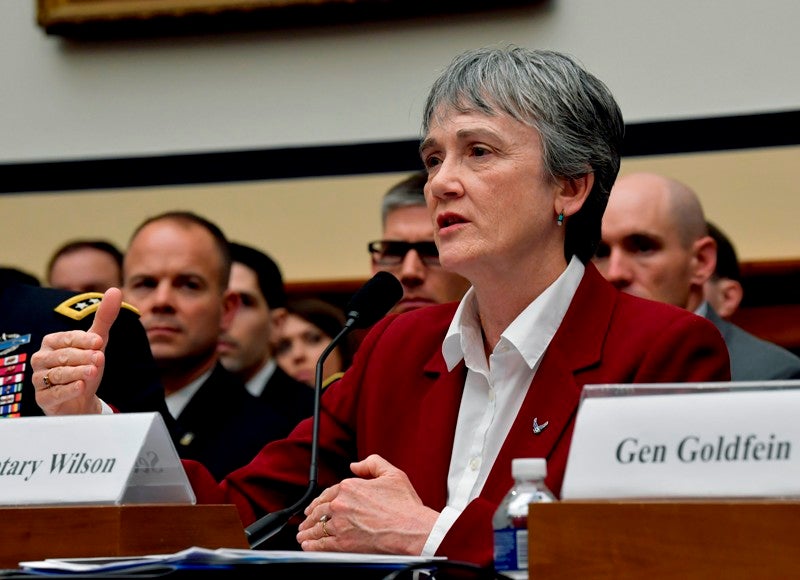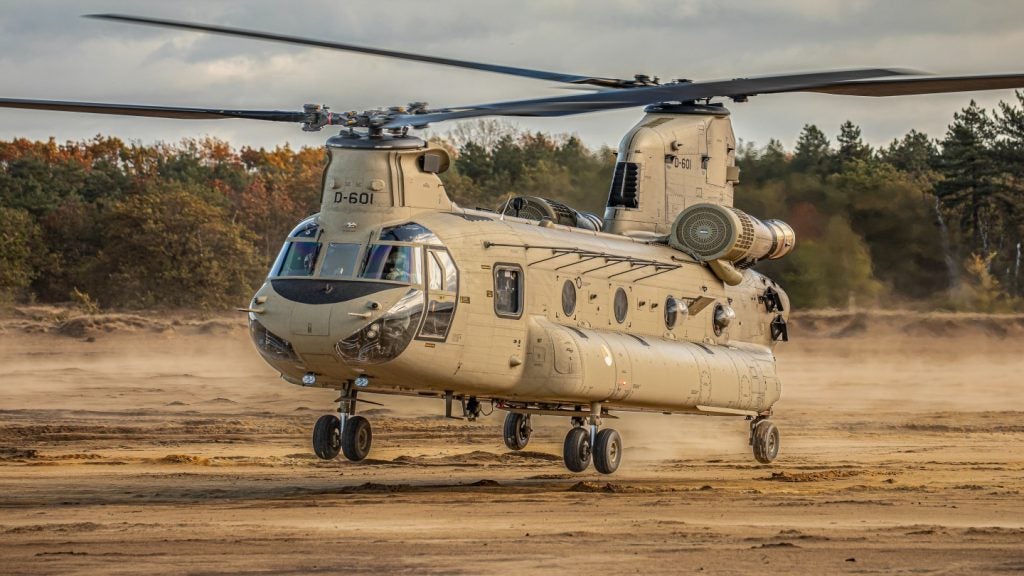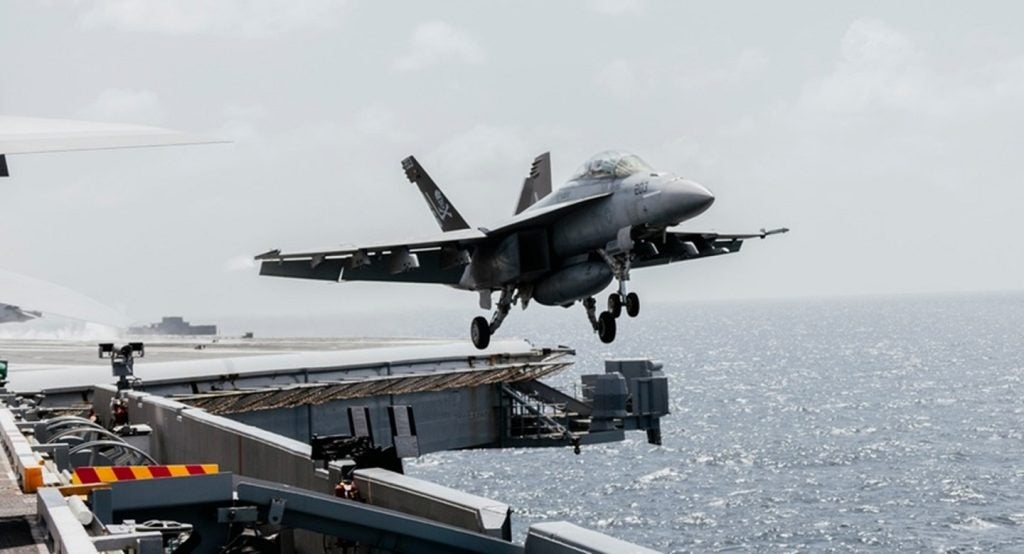
US Air Force (USAF) Secretary Heather Wilson and Air Force Chief of Staff General David Goldfein have stressed on the need to have a larger airforce to defeat security threats at home, globally and in space.
Testifying before two House committees, the USAF officials told lawmakers that funding must be predictable and cited findings from the National Defense Strategy Commission to make their case.
Wilson and Goldfein first appeared before the House Armed Services Committee that convened to discuss fiscal year (FY) 2020 budget requests with service leaders.
Officials then attended a hearing conducted by the House Appropriations Defense Subcommittee.
In a joint statement, Wilson and Goldfein said: “In fiscal year 2020, we will continue to build a more lethal and ready airforce, while fielding tomorrow’s airforce faster and smarter.”
The leaders stated that the USAF needs to increase the number of operational squadrons to 386 from the existing 312 so as to meet requirements specified in the National Defense Strategy.
How well do you really know your competitors?
Access the most comprehensive Company Profiles on the market, powered by GlobalData. Save hours of research. Gain competitive edge.

Thank you!
Your download email will arrive shortly
Not ready to buy yet? Download a free sample
We are confident about the unique quality of our Company Profiles. However, we want you to make the most beneficial decision for your business, so we offer a free sample that you can download by submitting the below form
By GlobalDataThey also explained to lawmakers that the number was derived after an analysis that included several simulations. The analysis concluded that ‘the airforce is too small for what our nation needs’.
One of the key focus areas of the hearings was ensuring readiness. By the end of FY 2020, the service aims to increase by 4,400 airmen and 5,143 civilians.
In the FY 2020 budget request, the USAF also expressed its interest to continue the development and purchase of key weapon systems to include the KC-46, B-21 and F-35.
The service will also invest in Boeing-built F-15EX fighters to replace the ageing F-15Cs.
Furthermore, USAF officials urged Congress to pass a supplemental spending bill to provide funds to repair Tyndall Air Force Base and Offutt Air Force Base, which suffered significant damage due to natural calamities.
The hearings featured issues such as the development of hypersonic weapons, the use of artificial intelligence and the airforce’s role in cyber warfare.
Meanwhile, the USAF released the FY 2018 acquisition report that reviews the overall management of more than 50 of the service’s largest programmes.







